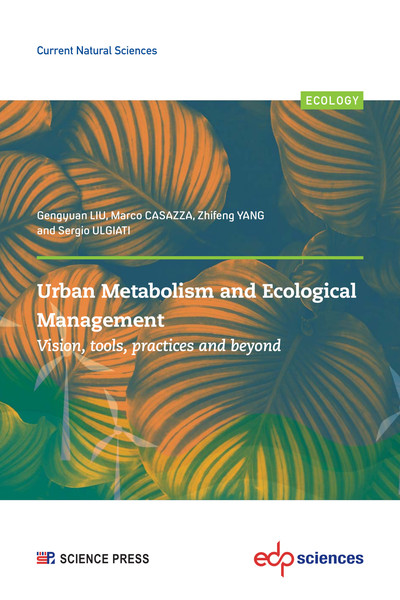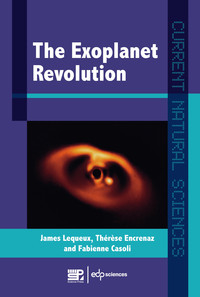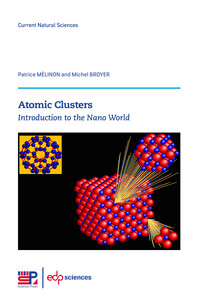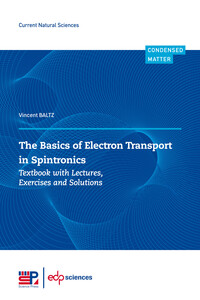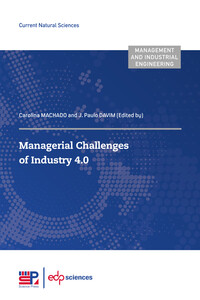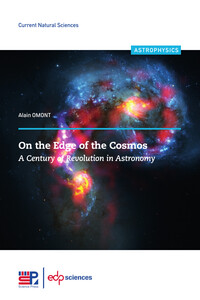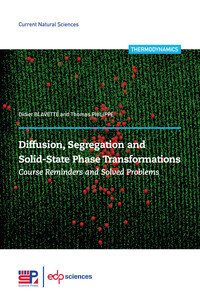Nous utilisons des cookies pour améliorer votre expérience. Pour nous conformer à la nouvelle directive sur la vie privée, nous devons demander votre consentement à l’utilisation de ces cookies. En savoir plus.
Urban Metabolism and Ecological Management:
Edp Sciences - EAN : 9782759825196
Édition papier
EAN : 9782759825196
Paru le : 26 févr. 2021
292,00 €
276,78 €
Disponible
Pour connaître votre prix et commander, identifiez-vous
Notre engagement qualité
-
 Livraison gratuite
Livraison gratuite
en France sans minimum
de commande -
 Manquants maintenus
Manquants maintenus
en commande
automatiquement -
 Un interlocuteur
Un interlocuteur
unique pour toutes
vos commandes -
 Toutes les licences
Toutes les licences
numériques du marché
au tarif éditeur -
 Assistance téléphonique
Assistance téléphonique
personalisée sur le
numérique -
 Service client
Service client
Du Lundi au vendredi
de 9h à 18h
- EAN13 : 9782759825196
- Réf. éditeur : 154769
- Collection : CURRENT NATURAL
- Editeur : Edp Sciences
- Date Parution : 26 févr. 2021
- Disponibilite : Disponible
- Barème de remise : NS
- Format : H:240 mm L:160 mm E:43 mm
- Poids : 1.288kg
- Résumé : Urbanization is the one of the most evident forms of anthropization. With most of the world population living in cities, the need of thinking about a more sustainable urban lifestyle has become an imperative. This is why present and future generations of scholars, urban managers and policy makers should be prepared to work together to support the reduction of impacts generated by urban activities, while pursuing the goal of an equitable and sustainable well-being within the planetary boundaries. In this respect, the use of different methods and tools can support the implementation of roadmaps and policies. Besides that, different communication languages can be used to enhance the development of a shared reflective vision about the future of cities among citizens, as major actors of the urban life and its transformation. This book provides an accessible overview of some key methods to deal holistically with the analysis of urban resources flows to readers with an interest in the academic or professional reference of the different approaches for studying urban metabolism. It presents some of the most important tools along with relevant case studies to illustrate their potential application. Experts in the field and holding the belief that visions and hopes trigger decisions and behaviors beyond the knowledge, the authors introduce readers to the use of different art-based methods to engage with citizens towards a common outlook on the future of our cities. The book also offers an enhanced reading experience by featuring a soundtrack composed by one of the authors and available through the QR code at the beginning of each chapter.

